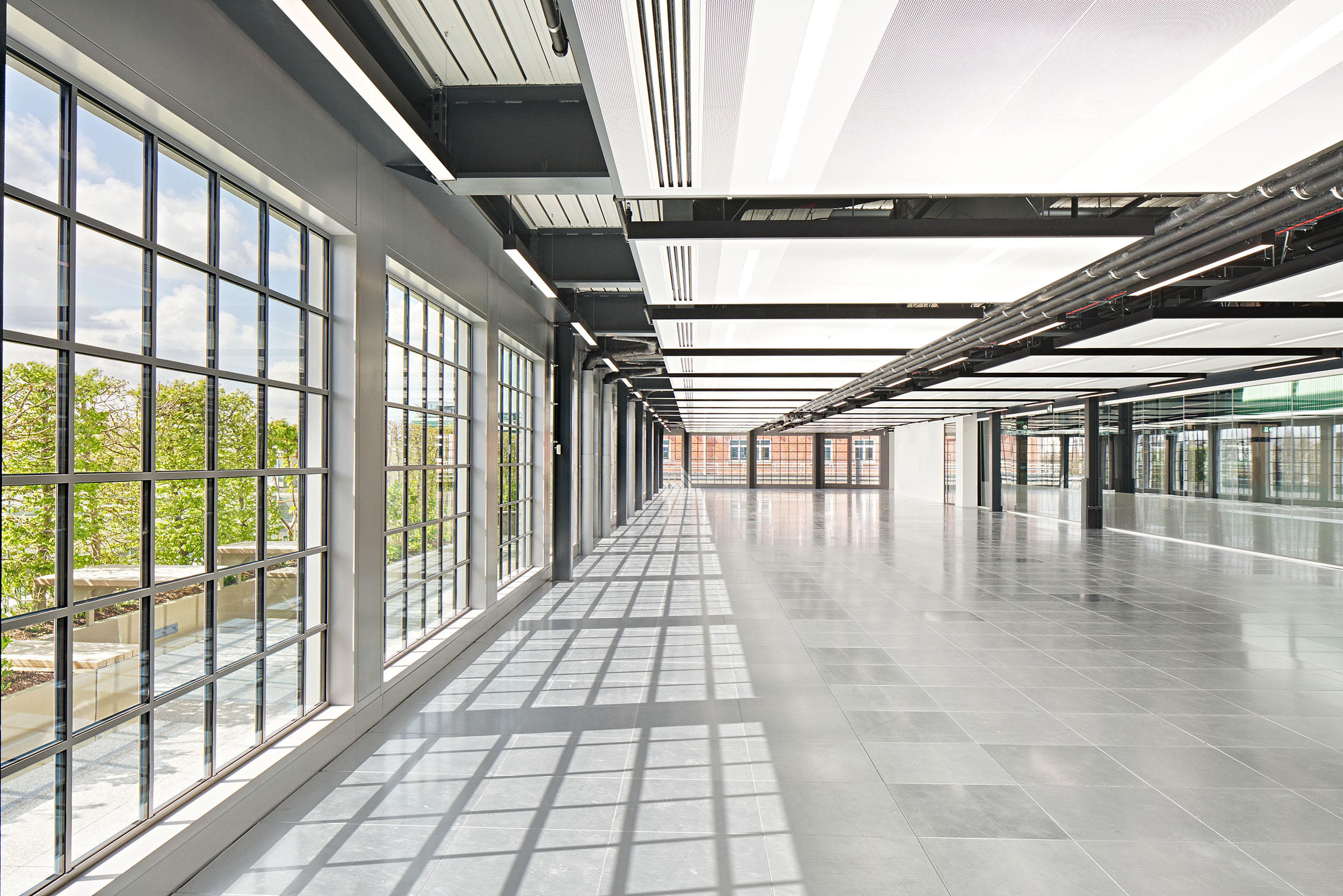Bybanen D14 Rail Wins BREEAM Infrastructure Very Good
Overview
Bybanen D14 Mindemyren is part of the light rail expansion in Bergen, focusing on environmental sustainability. The project includes new infrastructure and innovative water management systems, achieving a BREEAM rating of Very Good.
About
Bybanen Utbygging is responsible for the expansion of the light rail system in Bergen, aimed at improving urban mobility and sustainability.
Background
The Bybanen D14 Mindemyren project is part of construction stage 4 of the light rail system from Bergen center to Fyllingsdalen. The project supports the "Miljøløftet" initiative, which coordinates public transport and environmental improvements. D 14 Mindemyren consists of 1.5 km of light rail with a new road system, a new 4-lane bridge with bus shelters on E 39 at Kristianborg bus stop, and a 1.5 km cycle express route from Kristianborg northwards.
Challenges
The main challenges included managing traffic, handling stormwater, and providing clear communication to neighbours and stakeholders during construction. Water management from the Solheimsvatnet outlet in the existing flood channel along Mindemyren was particularly challenging as the existing channel had to be demolished.
Solutions
BREEAM Infrastructure provided the framework and guidance for implementing several innovative sustainable solutions in the project:
Electrical Equipment: Use of electrical machinery to reduce emissions.
Water Treatment: Installation of advanced water treatment plants to manage stormwater, ensuring all water was treated before discharge.
Low Carbon Concrete and Green Asphalt: Utilisation of low carbon concrete and green asphalt to reduce the carbon footprint.
Material Management: Sorting and reusing contaminated materials to reduce landfill waste.
Biofuel and On-site Fuel Stations: Use of biofuel and establishment of on-site fuel stations for project vehicles.
BIM Technology: Use of model-based working with BIM kiosks in work areas for better project management.
Metrics
- Embodied carbon emissions: 8,986,142 kgCO2 equivalent
- Operational renewable energy potential: 3,339,045 kWh per year (100% of total energy use)
- Re-used material (masses on site): 160,000 m³ (57% of total material used)
- Recycled material (asphalt): 7,200 tonnes (20% of total material used)
- Locally supplied material (masses): 120,000 m³ (43% of total material used)
- Waste diverted from landfill: 82 tonnes (5.3% of total waste)
Financial Benefits
The project saw significant financial benefits through the reuse of materials and efficient resource management:
- Cost savings: £1.41 million saved by reducing the volume of contaminated soil transported and landfilled.
- Value for money: The increased focus on environmental solutions led to financial benefits and long-term cost efficiencies.
Achievements
The project demonstrated major successes in several areas:
- Electrical equipment: Reduced emissions through electrification of machinery.
- Water treatment: Effective management of stormwater with four treatment plants.
- Low carbon concrete: Use of environmentally friendly construction materials.
- Biofuel use: Establishment of on-site fuel stations for biofuel.
- Green asphalt: Reduced CO2 footprint through innovative asphalt solutions.
- Stormwater management: Use of stormwater for rainbeds and effective water handling in construction pits.
Further Information
Challenges Overcome: Managing traffic, handling stormwater, and maintaining communication with neighbours and stakeholders were successfully addressed through phased project management and collaboration with environmental departments.
Drivers and benefits: Undertaking a BREEAM Infrastructure assessment improved environmental focus, leading to better financial returns, improved public relations, and higher quality standards.
BREEAM Infrastructure influence: The BREEAM Infrastructure process promoted the use of biofuel, electrical equipment, low carbon construction materials, and innovative water treatment methods.
Best practices and innovation: Implementing monitoring systems for documentation, material handling strategies, and the use of BIM technology were key elements of best practice and innovation.
Summary
Browse more from our latest case studies:

Colwyn Bay coastal defence achieves BREEAM Infrastructure Outstanding

Old St Roundabout awarded BREEAM Infrastructure Excellent

Amazon's Czech fulfilment centre achieves BREEAM Outstanding

Bybanen D14 Rail Wins BREEAM Infrastructure Very Good

Skellefteå Municipality achieves a BREEAM Excellent rating

HAUT Amsterdam first residential building in Netherlands to achieve BREEAM Outstanding

BREEAM guides sustainable design and construction of Unilever HIVE’s food innovation hub




